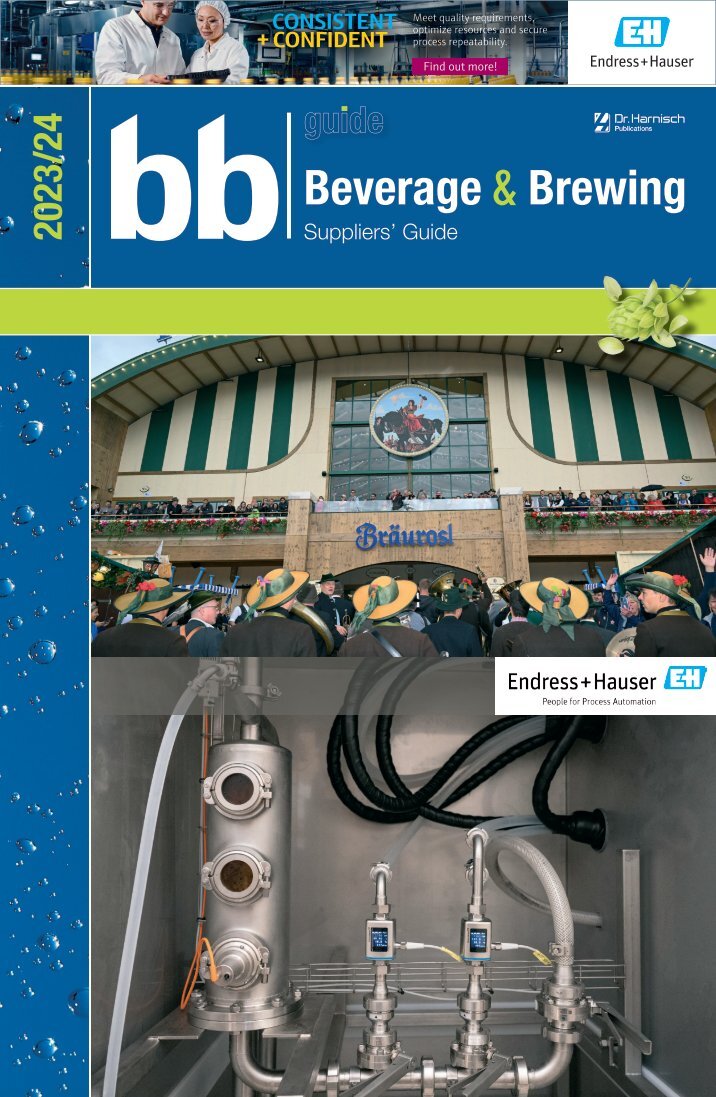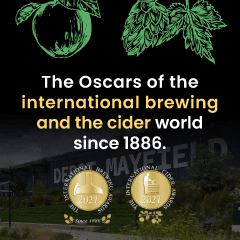Successfully controlling complex processes requires operators, equipment manufacturers and instrumentation specialists to work together hand in hand. Technologies that measure new parameters or provide previously unattainable levels of accuracy play a decisive role here. One example is measuring flow and density in demanding applications with the “multi-frequency technology” at the core of the Proline Promass Q from Endress+Hauser. In an interview, chemist Dr Jana Knall, product manager for Coriolis flow instruments and the first point of contact at Endress+Hauser for this technology, explains the benefits for the process control industry.
Dr Knall, Coriolis instruments are first and foremost mass flowmeters, but now you’re putting the spotlight on concentration measurements with these devices. Isn’t that merely a niche application?
Knall: On the contrary! It’s precisely the combination of flow and concentration measurements that is attractive for many users. At the end of the day, for many operators, measuring concentration is not the only task. What really interests most of them is being able to control their process. For instance, they want to know the dosage of a material or substance at the beginning in order to achieve the desired output at the end. In other words, they want a reproducible end product. Or take an application that requires dosages of costly solvents or additives. In this case it’s about conserving valuable raw materials as well as achieving a particular mixing ratio.
Aren’t there more suitable methods for defining the material quantities?
Knall: Which methods are suitable for measuring concentrations depends heavily on the measurement task. Sum parameters such as density are sufficient for many applications. It comes down to what the user already knows and how easy it is to use a method in the real world. The transfer mindset of “lab to field” is especially important here. For a lot of users, being able to use known lab measurement parameters in the process is extremely helpful. Density as a measure of concentration for known mixtures of substances is a very common sum parameter. We are noticing more and more that a lot of users have extensive experience with measurement parameters, have become accustomed to using them in lab environments and like to control their processes with them. While this is a good fit for us, it also creates difficulty in managing certain expectations.
What expectations are we talking about here? Where exactly is the issue?
Knall: Well, one frequent source of errors is performing a like-for-like comparison of the values measured in the lab and in the field. The lab is typically a highly regulated environment, while in the field the opposite is usually the case.
Can you give an example?
Knall: Take brix, for instance, a unit of measurement traditionally used to monitor concentrations in liquids. Brix is the sucrose, or sugar content, of an aqueous solution and as a result is used to determine the sugar content of fruit juices or syrups. The spindles that have long been used are based on this scale and, due to a lack of alternatives, they were also used for measuring concentrations in completely different media. Normally this has very limited significance because other sugary foods don’t possess the same physical attributes. If you add temperature differences between the lab and the process on top of that, then the measurement values simply cannot be compared to one another. The thermal expansion of sugared water is just different than in almond milk or oat milk. Many users talk about brix, but don’t necessarily mean sugar, although that’s what the definition calls for. As a consequence, they assume that the density value properly measured in a Coriolis flowmeter is not correct.
How do you deal with that?
Knall: One possibility is to compare the instrument and lab values with one another. Although scientists frown upon this approach, it represents a practical example of how users can successfully control their processes in many cases. This “fine-tuning” can be a final step of the concentration measurement. In many applications it’s not even necessary. We have also taken an extensive look at the user-friendliness, which begins with commissioning of the instrument. The starting point was the launch of the Promass Q, which boasts extraordinarily good density performance. While enhancing the density measurement parameter, it became clear to us that we had to upgrade the operating software as well. The first thing we did was provide a dedicated “concentration” application package for the food industry, in addition to a package for the oil and refinery sector. This was followed by an important step that involved designing each of the application packages to make them more user-friendly. The user can choose from a selection of different media in the software. The simplest way to set up the parameters is via the Promass web server access.
So that eliminates manual intervention?
Knall: Not entirely. With tricky applications or when measuring exotic media, manual intervention can be important and the right thing to do just like before. But even here, there are already ideas about how to make things easier for the user. It will be interesting to see what lies ahead.
Are there any other innovations?
Knall: One big step will take place in May of this year with the availability of our Promass Q in the nominal diameter range of DN 25 with the premium density option, which is usually deployed in the bypass as a pure density monitor. With a density specification of 0.1 kg/m3, we’re improving accuracy once again.
One last question. You already mentioned two industries. In your opinion, in what sectors do concentration measurements still play an especially important role?
Knall: By far the largest field of application is the previously mentioned food industry. We also have a lot of customers in the chemical, mining and wastewater sectors. The latter uses Coriolis flowmeters to monitor sludge concentrations, for example.
Thank you for your time, Dr Knall.
The interview was conducted by Frank Jablonski, freelance journalist, mylk+honey, Würzburg, Germany.

Dr Jana Knall is a product manager
for Coriolis technology at Endress+Hauser Flow.












